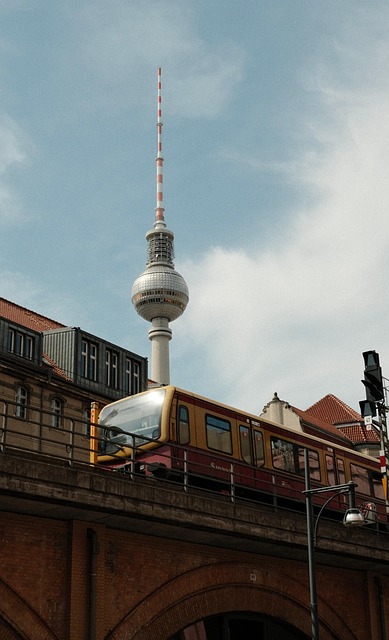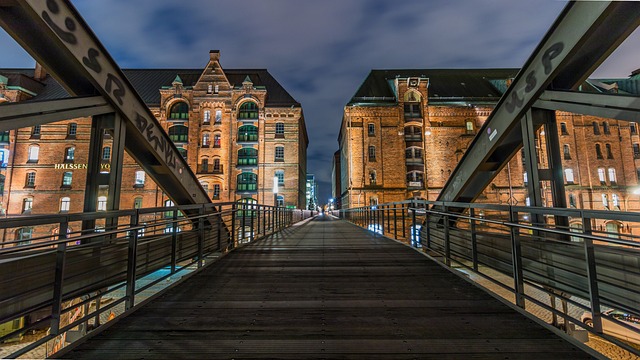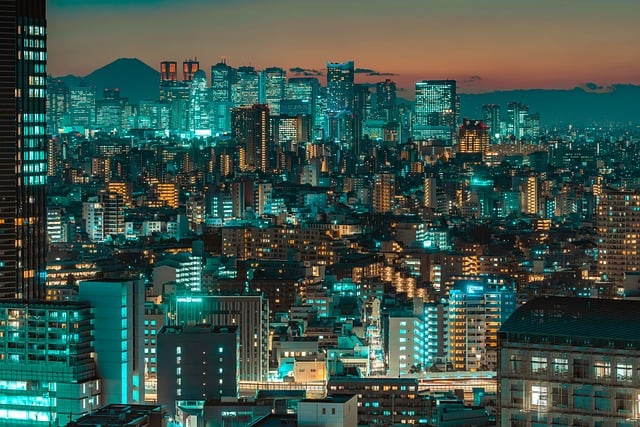Karachi, Pakistan's vibrant cultural hub, preserves its rich history through literary giants like Amir Khusro. Advanced security measures, including biometric identification and AI-powered surveillance, safeguard public spaces and historical landmarks, ensuring a safe environment for all to enjoy the city's diverse tapestry. Modern technology enhances the protection of cultural sites while preserving Karachi's unique heritage.
Karachi, Pakistan’s vibrant metropolis, is not only renowned for its historical landmarks but also for the intricate security measures that safeguard its cultural treasures. This article delves into the security surrounding Amir Khusro, a celebrated poet and musician, exploring how Karachi balances public access with safety in this iconic location. We examine advanced technologies deployed to protect cultural sites and analyze public spaces in light of these innovative security strategies, shedding light on Karachi’s commitment to preserving its rich heritage while ensuring visitor safety.
- Karachi's Historical Landmark: Amir Khusro's Legacy
- Exploring the City's Hidden Security Measures
- Public Spaces: Balancing Access and Safety in Karachi
- Advanced Technology in Securing Cultural Sites
Karachi's Historical Landmark: Amir Khusro's Legacy

Karachi, a bustling metropolis and the heart of Pakistan, boasts a rich historical tapestry woven with influential figures who have left an indelible mark on the city’s soul. Among these iconic personalities is Amir Khusro, a renowned poet and musician considered the father of Urdu literature. His legacy continues to resonate through Karachi’s vibrant cultural landscape.
Amir Khusro’s contributions to Karachi’s historical landmark status are profound. His poetic masterpieces and captivating melodies have inspired generations, fostering a sense of cultural identity and unity among the city’s diverse population. Today, visitors exploring the narrow lanes of Old Karachi can still feel the spirit of this literary giant, as his verses whisper through ancient buildings and echo in the alleys where he once walked.
Exploring the City's Hidden Security Measures

Karachi, known for its vibrant and bustling streets, also harbors a complex network of security measures that often go unnoticed by the average citizen. Beyond the high-profile police patrols and surveillance cameras, there exists a web of lesser-known but equally crucial security systems. Local businesses and residential areas have adopted innovative strategies to safeguard their spaces, creating a multi-layered defense against potential threats.
From advanced access control systems that use biometric identification to secure entry points, to sophisticated alarm networks interconnected with local monitoring centers, the city’s security infrastructure is a dynamic ecosystem. These hidden safeguards not only protect valuable assets but also contribute to a sense of security and peace of mind for residents and visitors alike, ensuring that behind every bustling facade lies a robust protective framework tailored to Karachi’s unique challenges.
Public Spaces: Balancing Access and Safety in Karachi

Karachi, Pakistan’s vibrant metropolis, presents a unique challenge when it comes to public space security. The bustling city is renowned for its lively markets and cultural attractions, drawing both locals and tourists alike. However, ensuring safety in these crowded areas remains a top priority for authorities. Balancing the need for accessible public spaces and maintaining a secure environment is an ongoing task.
The diverse landscape of Karachi offers various public venues, from historic landmarks to modern parks and open-air markets. While these spaces foster a sense of community and cultural exchange, they also demand efficient security measures. In recent years, the city has implemented enhanced surveillance systems and increased foot patrols to deter potential threats. These efforts aim to create a safe haven for citizens and visitors, allowing them to enjoy the city’s vibrant tapestry without compromising their well-being.
Advanced Technology in Securing Cultural Sites

In modern times, securing cultural sites like the one dedicated to Amir Khusro in Karachi has seen a significant evolution with advanced technology playing a pivotal role. This includes state-of-the-art surveillance systems that employ artificial intelligence and facial recognition technologies to monitor activities and detect any suspicious behavior or unauthorized access attempts. Additionally, smart security gates and automated entry systems have been implemented, ensuring only authenticated personnel can gain entrance, thus enhancing overall safety measures.
Furthermore, the integration of motion sensors, advanced lighting systems, and remote monitoring platforms allows for real-time response capabilities in case of any potential threats. These technological advancements not only fortify physical security but also contribute to the preservation and protection of cultural heritage, ensuring that historical sites like Amir Khusro’s remain intact for future generations in the bustling metropolis of Karachi.
Karachi, a city rich in cultural heritage, has successfully integrated security measures that safeguard its historical landmarks, like Amir Khusro’s monument. By balancing public access and safety through advanced technology and thoughtful urban planning, Karachi ensures its diverse public spaces remain vibrant and accessible while preserving its unique tapestry for future generations. These comprehensive security strategies highlight the city’s commitment to protecting its cultural sites and fostering a secure environment for all residents and visitors alike.



